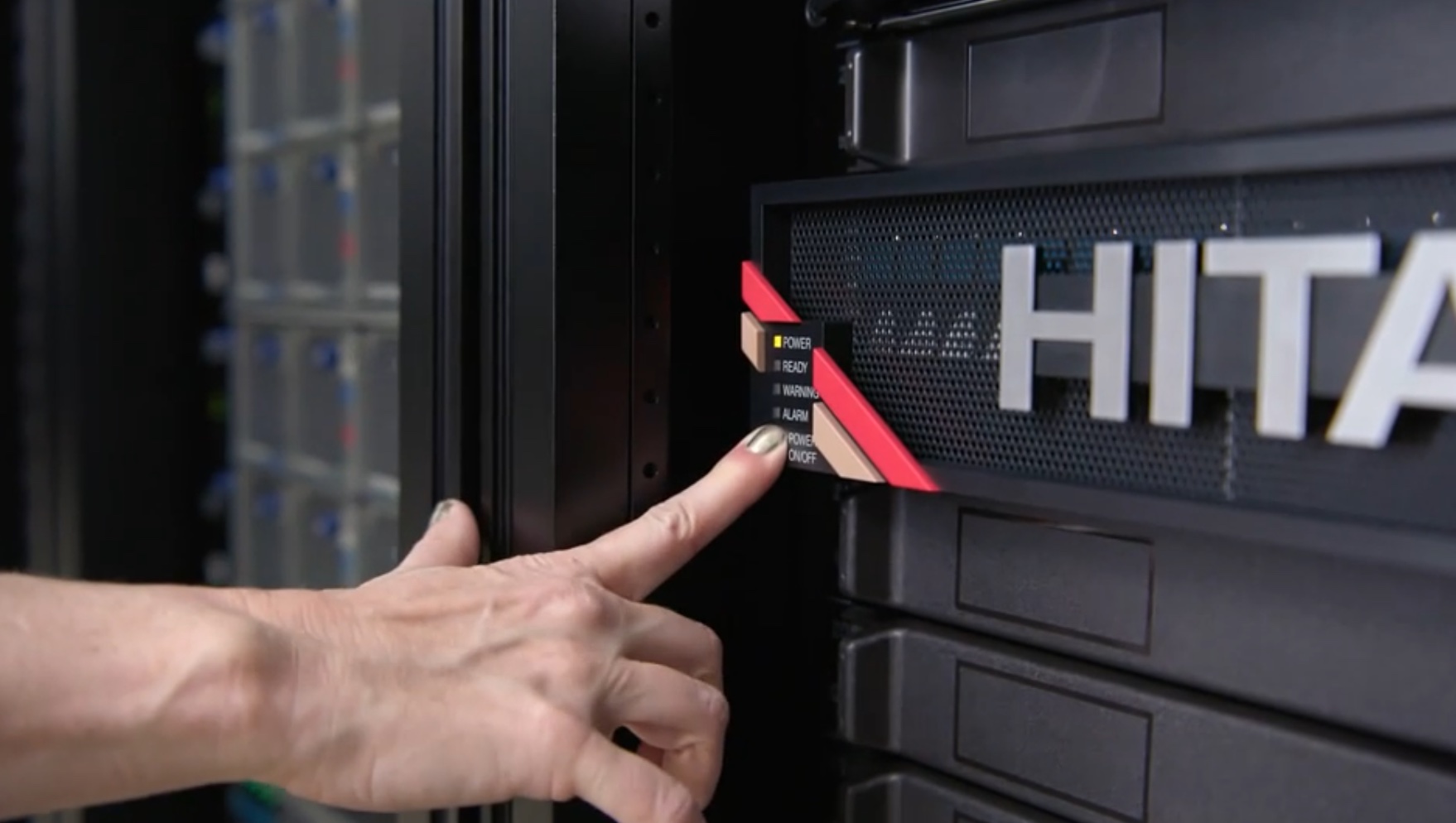As part of my work with Storage Fusion, I’m reporting on capacity and utilisation figures for different array vendors. Part of this includes analysing exceptions and wastage. DMX and Symmetrix seem to have more issues than any other platform. Is this by design?
I guess I should define what I mean by exception and wastage. So, for exceptions, I’m referring to inconsistencies in the configuration which create a logical error. This may include things that are just generally untidy (LUN mapped to four ports but only masked/zoned on two), things that cause a potential problem (single pathing of a host to a LUN), or things that simply are wrong (a BCV is smaller than the source LUN so is never going to be able to be replicated).
Wastage refers to things in the configuration that can be reclaimed – storage mapped to a port which has no masking, for example.
DMX and Symmetrix issues count for a significant percentage of the error codes we have developed and more inconsistent forms of configuration are uncovered each week.
I have some theories as to why these might be occuring.
- Complexity. DMX configurations can be wildly complex. For example there are 37 (yes 37) different LUN types we track; these include the obvious Unprotected, Std, RDF1+Mir, but there’s also things like RDF2+Mir and RDF2-Mir (is that the same as DVD+RW and DVD-RW?) and RDF1-BCV+R-5. There’s also all the different replication types; SRDF/A, SRDF/S, SRDF/Star, SRDF/AR, Cascaded SRDF, Concurrent RDF and so on. The same thing applies to local mirroring – BCVs, Clones and Snaps. DMX/Symmetrix offers a lot of options but also therefore provides the ability to create complicated and unwieldy configurations.
- History. The DMX/Symmetrix line has grown up over many years. The original design concepts are still there – use of hypers, mirror positions and so on. New features have been layered over this original design, including features such as thin provisioning and snapshots.
- Management. DMX still doesn’t offer an IP-based interface to manage the array. All configuration is in-band through gatekeepers and command devices. The CLI (Solutions Enabler) is now vast and expansive, however even basics such as LUN mapping are handled via configuration changes whereas masking is by command.
What of the competitors? USP/XP configuration is a breeze with Storage Navigator/CVAE and the method by which LUNs are assigned replication functions can only be achieved once a LUN is presented. NKOTB like 3Par and XIV have much more streamlined and effective management interfaces. Even Clariion and EVA preclude many error prone configurations simply by the way LUNs are created as needed.
All in all, DMX is getting long in the tooth. Hopefully DMX-5 will remedy some of these problems.
By the way, EMC arrays produce the most recoverable storage, so if you have DMX or Symmetrix arrays and want to get some storage back, drop me a line.




